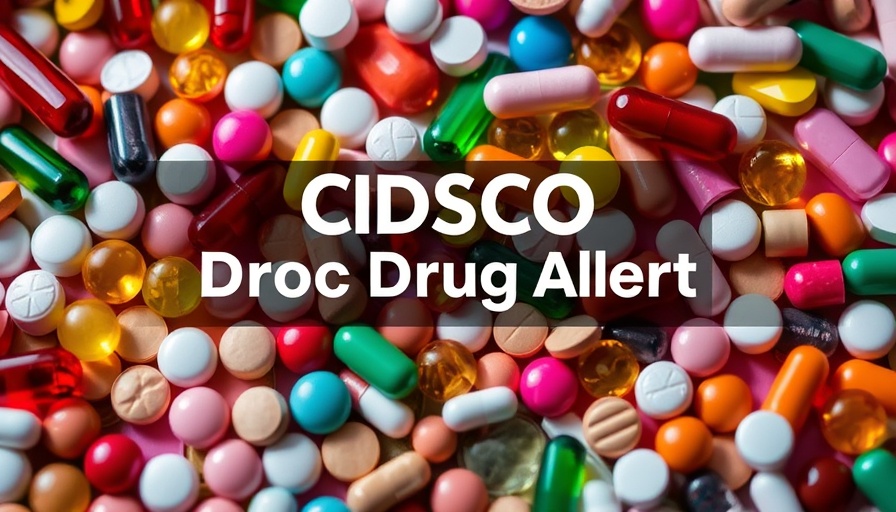
DiSH and Diabetes: An Emerging Connection
Recent findings have spotlighted a potential link between Diffuse Idiopathic Skeletal Hyperostosis (DiSH) and elevated diabetes risks in patients battling cardiovascular diseases. This stunning research raises questions about the intersection of skeletal health and metabolic control, urging us to examine how broader health implications affect patients today.
The Heart of the Matter: Understanding Cardiovascular Disease
Cardiovascular disease (CVD) remains one of the leading causes of mortality worldwide, affecting millions. The connection between CVD and other health conditions, such as diabetes, is invaluable for patients and healthcare providers alike. By understanding the complexities of these interwoven health issues, we can better address the needs of individuals at risk.
Why This Matters: Real-Life Implications
This new study’s findings suggest that DiSH may serve as an early warning indicator for diabetes, particularly in cardiovascular patients. It highlights a crucial point: managing one area of health often means addressing others, a reminder that care must be holistic and preventive. If healthcare providers begin to view DiSH not just as a skeletal condition but as a significant risk marker, early interventions could dramatically alter patient outcomes.
Accessing Care: The Role of Telemedicine
In today’s fast-paced world, the rise of telemedicine is transforming healthcare accessibility. For individuals managing multifaceted health conditions—such as those who may exhibit signs of DiSH and a predisposition to diabetes—telemedicine provides a vital tool. Virtual consultations can facilitate communication between patients and healthcare providers, ensuring timely screenings and management strategies that are not overly burdensome on overwhelmed healthcare systems.
Future Predictions: What Lies Ahead
With ongoing research into the connections between DiSH, diabetes, and cardiovascular disease, the future looks promising. As this dialogue progresses, healthcare professionals may develop new screening protocols, leading to enhanced patient care. As awareness grows, we may see more integrated approaches that consider skeletal health as part of metabolic risk assessments in cardiovascular patients.
Empowering Patients: What You Can Do
For patients, understanding these connections can empower more effective decision-making. Knowing that conditions like DiSH could signal potential diabetes risks may encourage proactive health behaviors, such as adopting healthier lifestyles and regular medical checkups. Awareness is the first step, and patients who stay informed about their health conditions are better positioned to advocate for themselves.
Heightened awareness circles back to the community. Sharing experiences, discussing these findings, and seeking out telemedicine options not only support individual health journeys but also foster a culture of collective well-being. As we share information, we help to create healthier neighborhoods and empower each person to thrive.
 Add Row
Add Row  Add
Add 




 Add Row
Add Row  Add
Add 

Write A Comment